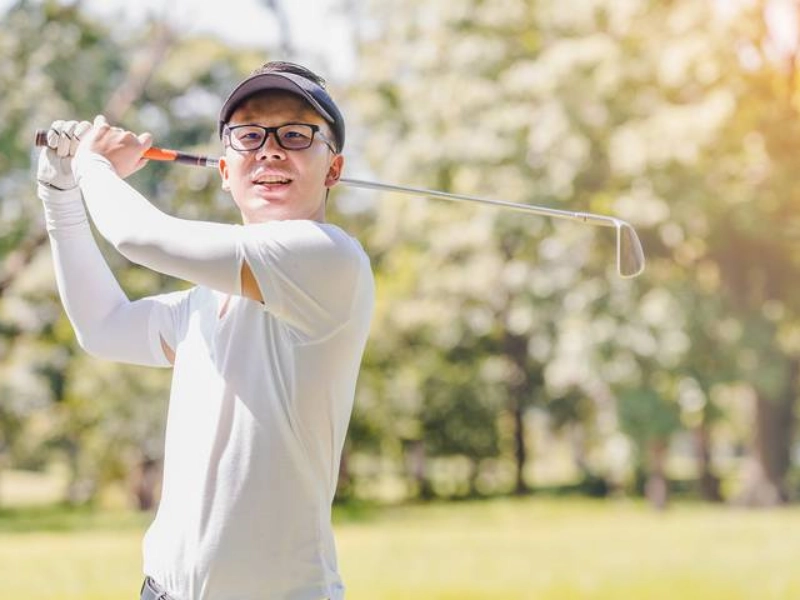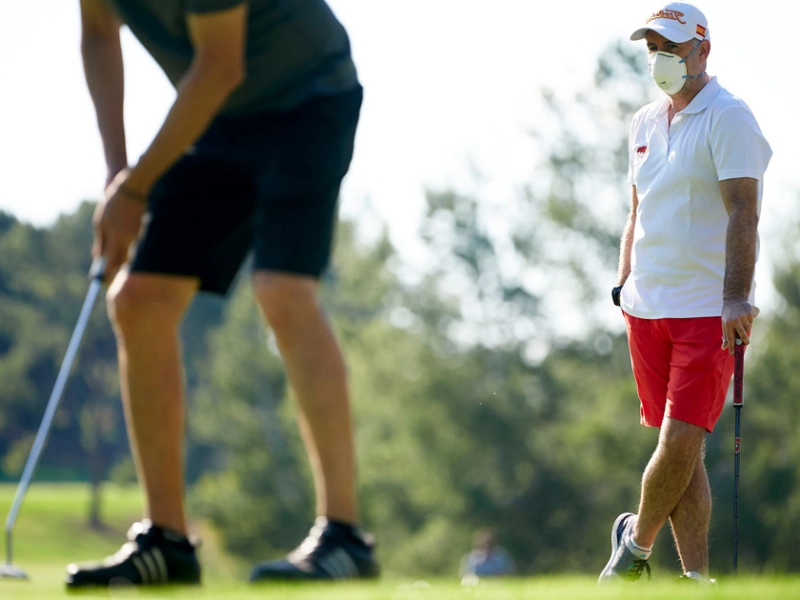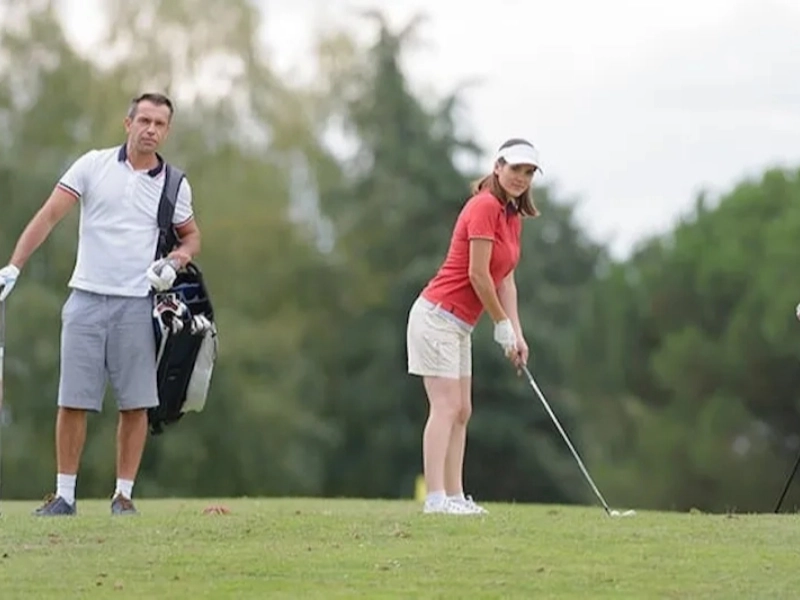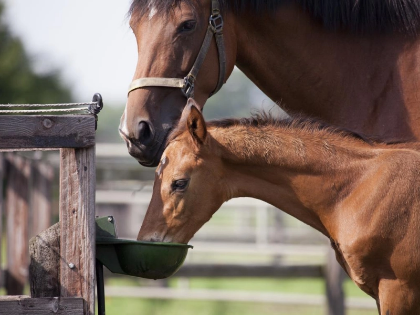Club Face Control: Its Significance in Golf
Many golfers have trouble controlling the face of the club. The issue is that they frequently believe that alignment and swing path are more significant than the clubface's actual shape at contact. The good news is that stronger face control can minimise the majority of significant misses. Some fundamental advice for managing the face angle in your golf swing will be covered in this article.
1. Regulating the Angle of Face

2. Managing the Club Route
 During the swing, the club face will open and close, creating a variety of shots. Knowing where the face is pointing at impact is crucial since it will influence the type of shot you will make.
The ball's initial flight path is influenced by the face angle, which has a greater effect than the club path. As a matter of fact, players with reliable club trajectories typically exhibit fewer reliable face angles than players with reliable faces.
The player test data indicates that restricting the hub route to constant radius motion will result in a drop in shaft acceleration and an increase in effort needed to achieve the same club head velocity, but it will also enhance the swing torque, power, and work provided by the golfer. This might be because the subject is now at its peak power generation and the club was outwardly cocked or uncocked during phase II.
During the swing, the club face will open and close, creating a variety of shots. Knowing where the face is pointing at impact is crucial since it will influence the type of shot you will make.
The ball's initial flight path is influenced by the face angle, which has a greater effect than the club path. As a matter of fact, players with reliable club trajectories typically exhibit fewer reliable face angles than players with reliable faces.
The player test data indicates that restricting the hub route to constant radius motion will result in a drop in shaft acceleration and an increase in effort needed to achieve the same club head velocity, but it will also enhance the swing torque, power, and work provided by the golfer. This might be because the subject is now at its peak power generation and the club was outwardly cocked or uncocked during phase II.
3. Releasing the Strain
 The clubhead should always be square to the target line at contact if your face angle and club path are right. Unfortunately, a lot of players struggle to accomplish this because of incorrect wrist angles throughout the swing.
The lead wrist cups and moves away from the shaft when there is excessive wrist flexion during transition, opening the face. The club steepens and closes the face when there is excessive wrist extension during transition. Because they tamper with the correct sequence of events that permits appropriate clubface control, both of these circumstances are troublesome.
Using a HackMotion is the most effective approach to practise wrist alignment. This will provide you with feedback and data in real time, allowing you to see where you need to improve and what your wrist angle is during the swing. It will also assist you in practicing the actions in the right order to develop superior clubface control. The secret to consistently striking the ball is this!
The clubhead should always be square to the target line at contact if your face angle and club path are right. Unfortunately, a lot of players struggle to accomplish this because of incorrect wrist angles throughout the swing.
The lead wrist cups and moves away from the shaft when there is excessive wrist flexion during transition, opening the face. The club steepens and closes the face when there is excessive wrist extension during transition. Because they tamper with the correct sequence of events that permits appropriate clubface control, both of these circumstances are troublesome.
Using a HackMotion is the most effective approach to practise wrist alignment. This will provide you with feedback and data in real time, allowing you to see where you need to improve and what your wrist angle is during the swing. It will also assist you in practicing the actions in the right order to develop superior clubface control. The secret to consistently striking the ball is this!
4. Regulating Velocity
 Golfers should be aware that face angle, rather than club path, has a far bigger impact on the trajectory of the ball at contact. This is why mastering the face angle in your swing is so important.
The face will shut, pointing downhill and in the direction of the objective, when you have greater wrist flexion during the transition. More wrist extension during the transition, on the other hand, will expand the face and aim upward and away from the target.
For this reason, it's critical to focus on enhancing your lead wrist's flexion and extension during the whole swing. You can make early modifications by using the data and feedback provided by HackMotion to determine the position of your lead wrist at each stage of the swing. With a more square clubface, this will enable you to hit the target more quickly. You'll be able to score lower by doing this.
Golfers should be aware that face angle, rather than club path, has a far bigger impact on the trajectory of the ball at contact. This is why mastering the face angle in your swing is so important.
The face will shut, pointing downhill and in the direction of the objective, when you have greater wrist flexion during the transition. More wrist extension during the transition, on the other hand, will expand the face and aim upward and away from the target.
For this reason, it's critical to focus on enhancing your lead wrist's flexion and extension during the whole swing. You can make early modifications by using the data and feedback provided by HackMotion to determine the position of your lead wrist at each stage of the swing. With a more square clubface, this will enable you to hit the target more quickly. You'll be able to score lower by doing this.









